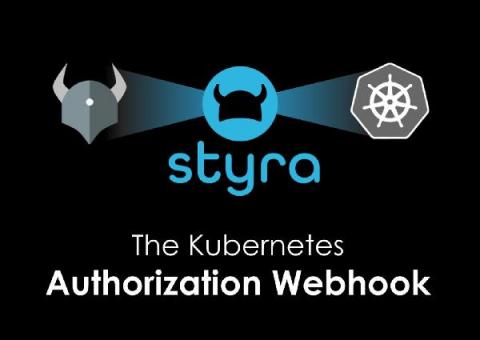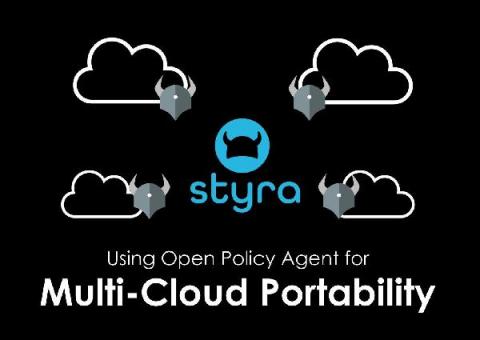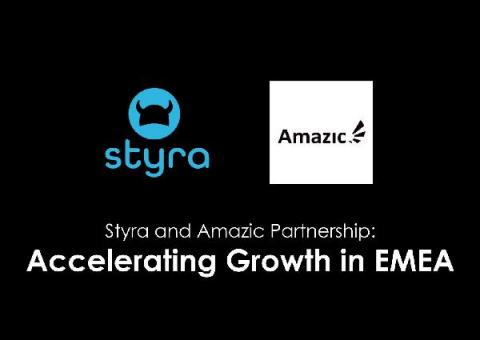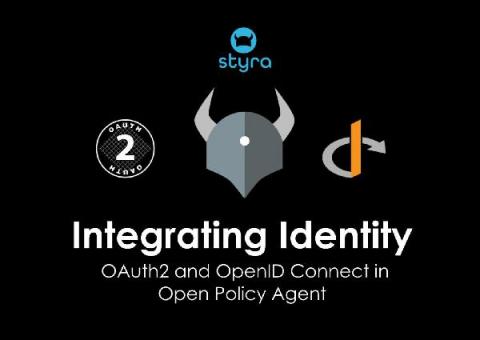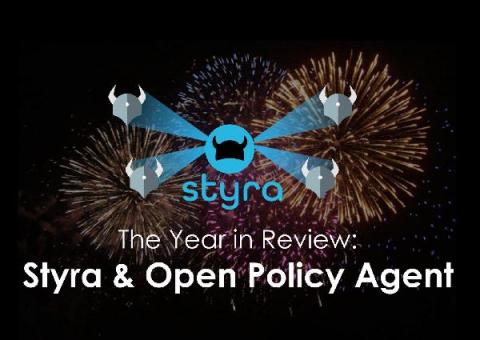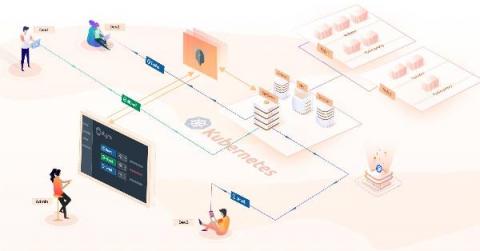Using OPA with GitOps to speed cloud-native development
Devops teams are flocking to GitOps strategies to accelerate development time frames and eliminate cloud misconfigurations. They should adopt a similar ‘as-code’ approach to policy. One risk in deploying fleets of powerful and flexible clusters on constantly changing infrastructure like Kubernetes is that mistakes happen. Even minute manual errors that slip past review can have substantial impacts on the health and security of your clusters.



